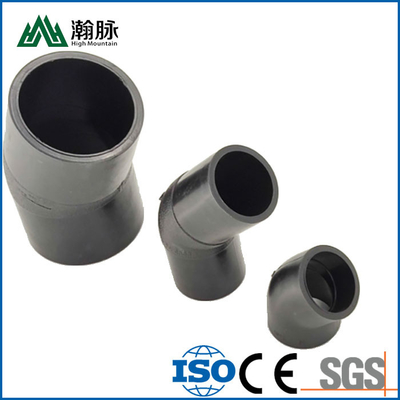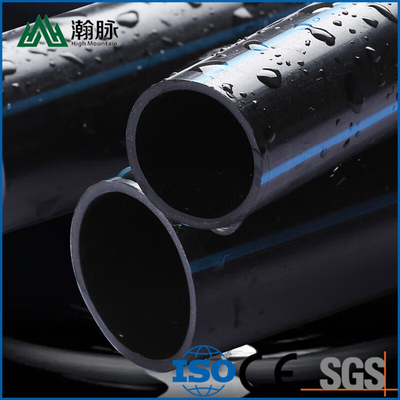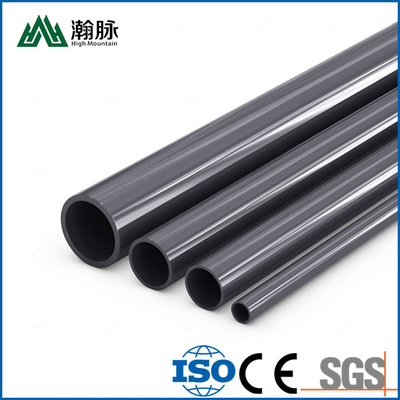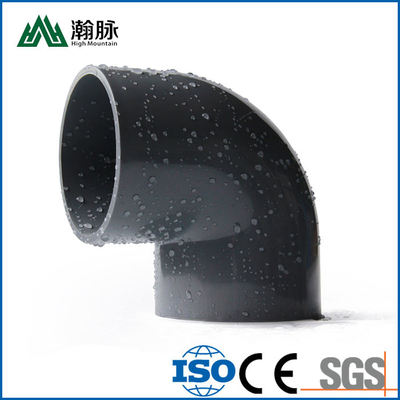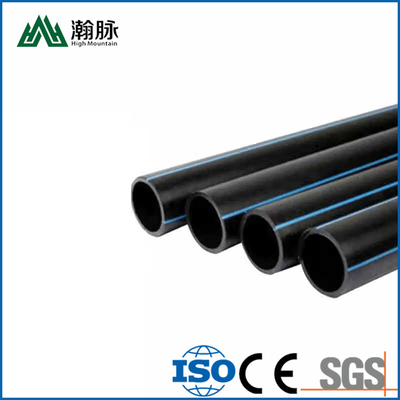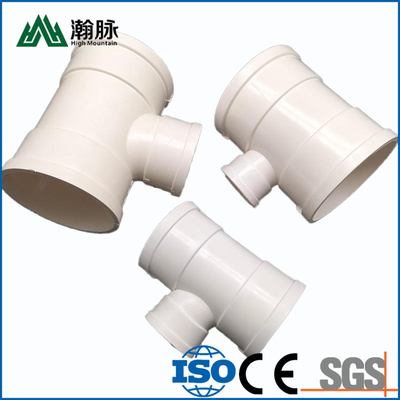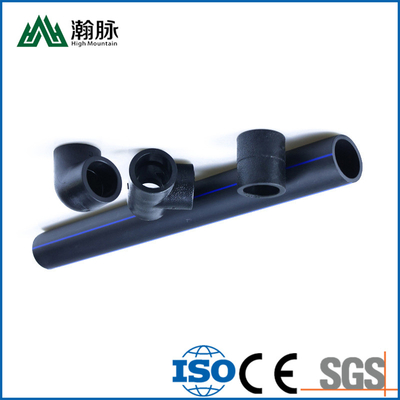Market Trend Overview
According to the Commodity Market Analysis System of SunSirs, China’s domestic acetic acid market experienced a downward trend throughout May 2025. By May 25th, the average market price had fallen to around RMB 2,750/ton, down by approximately 2.14% from the beginning of the month. Market quotations were continuously revised downward, with producers under growing sales pressure as buyers delayed procurement.
Price Influencing Factors
Supply & Demand Dynamics:
In May, production in key regions such as Jiangsu, Shandong, and Henan remained high. Inventory levels at production sites were ample, while downstream industries like vinyl acetate and acetic anhydride showed limited purchase intent. This imbalance led to sluggish market activity and a steady decline in transaction prices.
Cost Side:
The upstream raw material methanol showed minimal fluctuation during the month. Methanol prices hovered around RMB 2,400–2,420/ton, offering little cost support for acetic acid producers. The weak linkage between methanol and downstream acetic acid pricing further intensified the downward pressure.
Downstream Demand:
Downstream demand remained flat. The vinyl acetate sector, a major consumer of acetic acid, operated at moderate capacity, while demand from pharmaceutical and pesticide intermediates remained lackluster. As a result, downstream procurement was primarily on a need-only basis, with few bulk orders.
Market Outlook
Looking ahead, analysts believe that unless there is a significant cut in production or a resurgence in demand, the acetic acid market in China will remain weak in the short term. Producers may face further price reductions to stimulate shipments. Industry participants should pay close attention to downstream recovery signals and any adjustments in factory operating rates.
Conclusion
In summary, the Chinese acetic acid market in May 2025 was marked by persistent oversupply, weak downstream demand, and limited cost support, resulting in a stable but downward-biased market. Without external stimulus, the trend is unlikely to reverse significantly in the near term.

 Your message must be between 20-3,000 characters!
Your message must be between 20-3,000 characters! Please check your E-mail!
Please check your E-mail!  Your message must be between 20-3,000 characters!
Your message must be between 20-3,000 characters! Please check your E-mail!
Please check your E-mail! 

